November 2015 Newsletter: Volume 2, Issue 4
A Message from the Director, Jian-Ping Wang
Welcome, everyone to the C-SPIN Quarterly Newsletter. Special thanks to STARnet program directors, SAB members, and C-SPIN industry associates for their efforts at the 3rd Annual Review to provide feedback on what C-SPIN has done and how C-SPIN can improve. Thanks also to all C-SPIN PIs, students, and postdoctoral fellows for their efforts at the Review.
My attendance at SONIC and LEAST’s Annual Reviews was very fruitful. I would like to thank Prof. Naresh Shanbhag and his colleagues at SONIC and Prof. Alan Seabaugh and his colleagues from LEAST for hosting me. SONIC has done a great job pushing brain-inspired and Shannon-inspired computing schemes further, and LEAST center has generated a lot of exciting new devices. We did see many good collaboration opportunities between C-SPIN and these two centers. More discussion is underway, so stay tuned.
I would like to give a big congratulations to Prof. Chris Palmstrøm for being named a National Security Science and Engineering Faculty Fellow (NSSEFF). Prof. Palmstrøm is one of only seven distinguished faculty scientists and engineers, to be named by the Department of Defense (DoD) for his pioneering effort on the growths of semiconductor materials.
Last but not least, I appreciate the timely response by our PIs to push forward on some new spin device concepts in past quarter, including a C-SPIN invention, the spin switch.
Thanks to Mike Lotti for his efforts to put the Newsletter together. It contains a good interview with Prof. Supriyo Datta, who is a world-leading figure on proposing and modeling different kinds of spintronics devices.
2015 Annual Review
A lot of rain and valuable information: that pretty much summarizes C-SPIN’s third Annual review.
Organizers planned for a pleasant 48 hours of Minnesota autumn, but most participants got wet on one of many trips to the University’s newly renovated Northrup Auditorium.
The general presentations were excellent (as usual), helping PIs, students, and industry representatives celebrate research from the past year and understand where C-SPIN is heading over the next 12 months. There were a record number of posters, and the industry session was (again, as usual) a great way for C-SPIN students and post-docs to expand career horizons. Formal and informal breakout sessions also strengthened the research teams that have formed since the Center began in 2013.
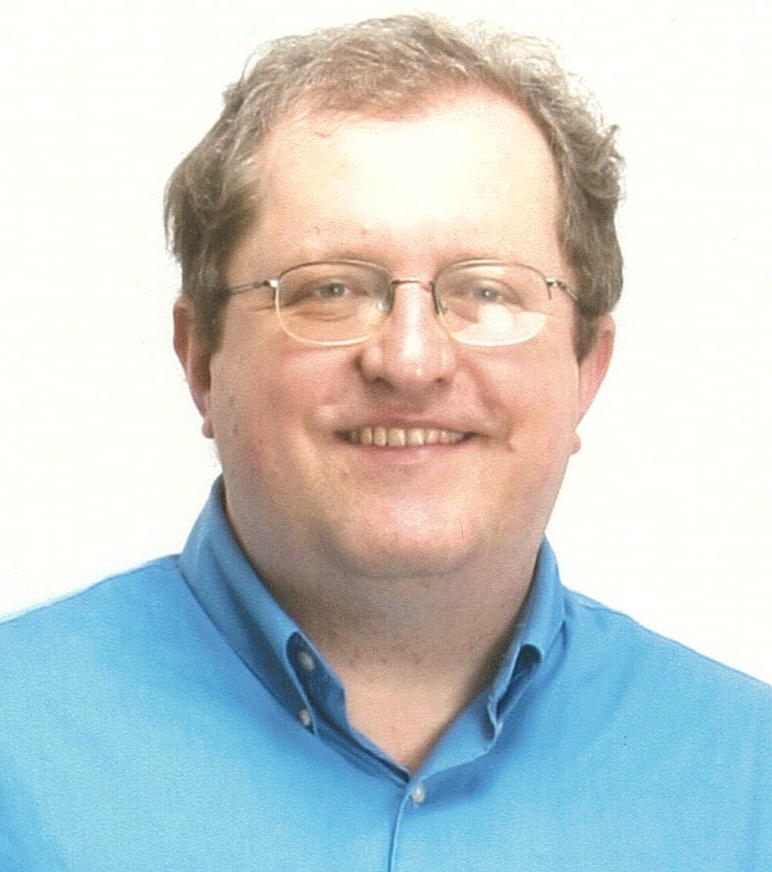 Dr. Dimitri Nikonov
Dr. Dimitri NikonovWe’ll hope for better weather at the next Annual Review, September 21-22, 2016, but expect the usual high level of scientific presentation and discussion.
Congratulations to Dr. Dimitri Nikonov of Intel Corp. who was awarded this year's Distinguished Industry Associate honor. Dr. Nikonov was unable to attend the review, but was kind enough to send some inspiring words to the students and postdocs. Some highlights of hie remarks include: “Learn to better communicate both in speech and in writing. If you think you are good at it, you are not good enough. Results not communicated have not happened yet.” “Network more, speak to various people at all possible meetings, even if they are Nobel prize winners.” “You might have a breadth of very advanced knowledge, but you will probably be hired based on a skill with a particular technology. So expand your ‘tool chest’.”
The winners of the best poster awards for each theme are listed below. Poster presenters were scored on both technical content of their posters as well as on their presentation skills. Congratulations to this year's winners!
Theme 1: Weiwei Lin, Johns Hopkins University
Enhanced Thermal Spin Current Through NiOTheme 2: Ariana E. Nguyen, University of California, Riverside
Metal Contact Formation and Substrate Ferroelectric Poling: Effective Means of Determining MoS2 Transport PropertiesSerol Turkyilmaz, Ariana Nguyen
Theme 3: Danielle Reifsnyder Hickey, University of Minnesota
Scanning Transmission Electron Microscopy Investigation of Topological InsulatorsTheme 4: Serol Turkyilmaz, University of California, Riverside
Spin Transfer Torque Switching in GrapheneTheme 5: Won Ho Choi, University of Minnesota
An Analog-to-Digital Converter based on a Magnetic Tunnel Junction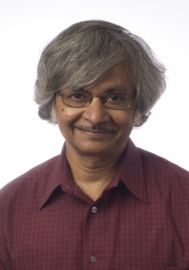 Supriyo Datta
Supriyo DattaQ&A with Supriyo Datta
From the Director: Long before C-SPIN began, Supriyo Datta was thinking about spintronic computing. In fact, it’s safe to say that the field of spintronic computing – and thus C-SPIN itself – would not be as advanced as it is without Datta’s pioneering work. It helps, of course, that he is a great teacher as well as a great researcher – his students fill the ranks of universities and tech companies around the globe, pushing the edges of computing in every way imaginable. We were glad when he agreed to the following Q&A with Michael Lotti.
Q: Briefly summarize your role in C-SPIN.
A: My group likes to think of itself as bridging the gap between basic physics and circuits. More specifically, we have established what we call the modular approach to spintronics: we translate experimental results in basic materials and phenomena (Themes 1-2) into "circuit elements” which can then be assembled to simulate new device concepts and circuits (Themes 4-5) using standard circuit simulation software like SPICE. These circuits, however, are very different from those we learn about in freshman physics. In addition to the usual charge voltages and currents, they feature spin voltages and currents as well, allowing them to capture the subtle physics of spin transport.
Q: How should researchers be thinking about future spintronic devices, and how can C-SPIN help make those devices a reality?
A: Specific spintronic devices are already finding use as storage or memory elements, so I think working closely with industrial groups engaged in building and commercializing such devices is the way to continue to make a big impact. Several members of C-SPIN, including the Director, are doing that already. Spintronic logic devices, however, are essentially non-existent at this time, and so our search needs to be relatively broad and open-ended, since no one knows where the breakthroughs might come from. What I find extremely encouraging is the remarkable scientific progress in this field, with new materials and phenomena being discovered with amazing regularity. Every year I have a few new items to teach in our course on spintronics. With all these new tools at our disposal, I am quite optimistic that many new computing applications will emerge from the Center and from industry.
Q: How should spin experimentalists collaborate with spin modeling researchers?
A: We want a close coupling between experiment and theory so that the latest experimental results get incorporated into the models, which in turn are used to make predictions that are tested and used to refine the models and so on. The best collaborations often involve many intangible things that are hard to engineer from outside. But I think C-SPIN along with other STARnet and NRI Centers (all under the SRC banner) have created the necessary infrastructure and now it is up to the individual researchers to make productive collaborations happen. We’ve seen many such collaborations in the first three years of C-SPIN – some which have extended outside the bounds of the Center – and I expect to see many more in the upcoming years.
Q: How has C-SPIN helped advance the fields of spintronic computing and spintronic devices?
A: It’s a major accomplishment just to assemble this diverse group of experts under a common umbrella: sort of like the “Bell labs” from many decades ago! C-SPIN has done a terrific job of pulling this group together, and I believe the best is yet to come.
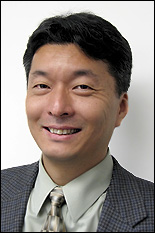 Ichiro Takeuchi
Ichiro TakeuchiC-SPIN Welcomes New PIs
Ichiro Takeuchi, Professor of Materials Science and Engineering at the University of Maryland, will be engineering Heusler alloys and other thin film materials along with some mutiferroic heterostructures for Theme 1. He has extensive experience studying Heusler alloys and developing novel electronic devices. Over the past decade, Professor Takeuchi has collaborated with Chris Palmstrøm (UC Santa Barbara) and fellow new PI Ramamoorthy Ramesh (UC Berkeley) on a number of projects.
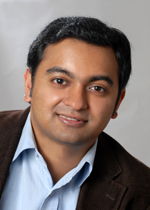 Sayeef Salahuddin
Sayeef Salahuddin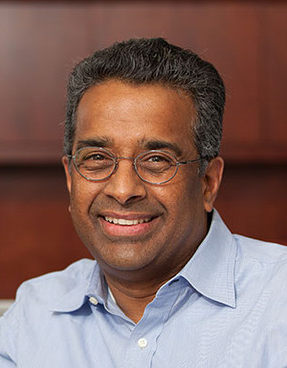 Ramamoorthy Ramesh
Ramamoorthy RameshRamamoorthy Ramesh, Prof. of Physics and Materials Science and Engineering at the University of California, Berkeley, will primarily work on investigating and growing voltage-controlled perpendicular Heusler alloy/multiferroic structures (for Theme 1) and antiferromagnetic/multiferroic structures for memory applications (for Theme 4).
He has a broad range of research experience in academia (over 16 years at Maryland and Berkeley), government (three years at the Dept. of Energy and Oak Ridge National Laboratory), and industry (six years at Bellcore). Ramesh’s C-SPIN work will be done in close conjunction with Sayeef Salahuddin, an Associate Professor of Electrical Engineering and Computer Sciences at Berkeley.
What Happened to Theme 3?
Nothing, actually. With the departure of Bill Butler (to retirement) and Oleg Myrasov (to industry), Theme 3 was down to just three PIs. From an administrative and scientific viewpoint, it made sense to fold Theme 3's tasks under Theme 2 and the capable leadership of Roland Kawakami and Paul Crowell. This will probably make Theme 2 meetings a bit longer, but it will save time and paperwork for all involved. Appropriately, Theme 2 is now named "Spin Channel Materials & Interface Engineering."
Student and Post-Doc Profiles
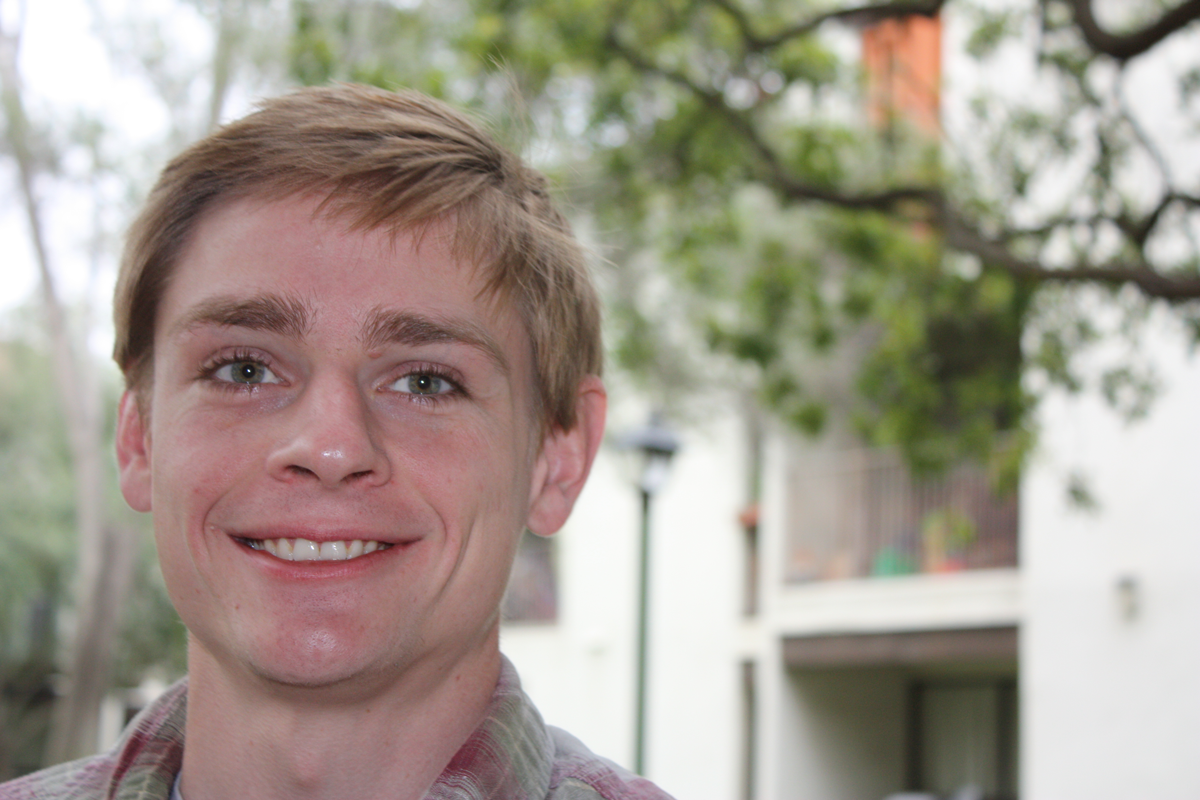 Anthony McFadden
Anthony McFaddenAnthony McFadden
Ph.D. Candidate at the University of California Santa Barbara
I'm currently focusing on heteroepitaxy of Heusler compounds using MBE and basic electrical measurements of tunnel junction stacks and heterostructures. Since MBE offers some control over interface formation, it’s an excellent way to study spin-transport through interfaces and interface magnetic anisotropy. These efforts mostly fall in Theme 1 (perpendicular materials) and Theme 2 (spin channel materials and interface engineering).
I have also worked with 2D electron systems (2DES) confined to narrow band gap semiconductors with high spin orbit coupling for potential applications in spintronics and quantum computing. We have a few published papers on these subjects. Recently I've been involved with experimental efforts to study the interplay of conventional superconductivity and topological superconductivity in the quantum hall states of high-quality InAs quantum wells contacted with high critical field superconductors.
I came to UCSB in 2010 with a background in electrical engineering and mathematics and have since developed a strong interest in materials science and experimental condensed matter physics, especially as it applies to the less-developed field of spintronics. It's very exciting to see new discoveries and predictions made by the scientific community while always keeping in mind that the next big breakthrough may rely on phenomena not yet understood or discovered.
I hope to continue working in a research setting studying spin phenomena and emerging physics in solid state systems. I believe that the materials themselves are of paramount importance, so I expect to continue to have an emphasis on materials science. I enjoy addressing experimental challenges and hope to keep making contributions that further our understanding of spin phenomena and physics in solids.
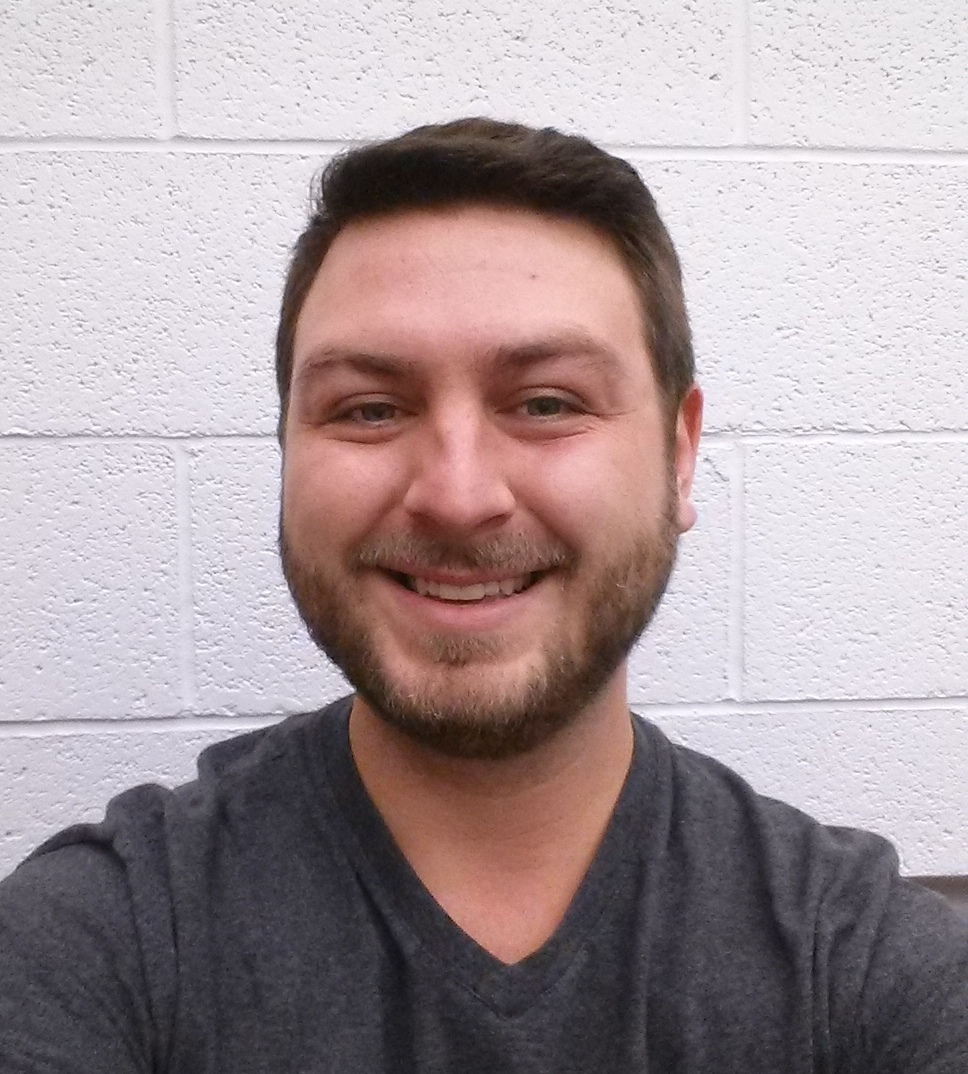 Sam Oberdick
Sam OberdickSam Oberdick
Ph.D. Candidate at Carnegie Mellon University
I am currently working on ways to use self-assembled arrays of nanoparticles as nanomasks for pattern transfer into functional magnetic materials. The goal of this Theme 1 project is to use 10 nm sized, monodisperse nanoparticles to generate patterned arrays out of perpendicular magnetic materials.
I have also studied different routes for nanoparticle self-assembly, including templates and electric fields. I am also interested in the fundamental magnetic properties of nanoparticles. In particular, I use polarized small angle neutron scattering to probe the internal magnetic structure of nanoparticles. I have several publications related to this project and my C-SPIN work.
I began working with the Majetich Group at Carnegie Mellon because of an interest in colloidal science and nanoparticle self-assembly. Since joining the group five years ago, I've had the opportunity to study a wide range of magnetic phenomena on the nanoscale. I’m always fascinated by nanoscale systems because material properties become unusual and, often, unpredictable when you make things really, really small.
I hope to continue studying nanoscale magnetism and colloidal science through a postdoctoral fellowship at a national lab or university after graduation. Following that, I am ultimately interested in teaching and possibly starting my own research group one day. I think there will be many exciting advances in nanoscience in the next 20 years, and it would be great to start a research career in such a dynamic field.


